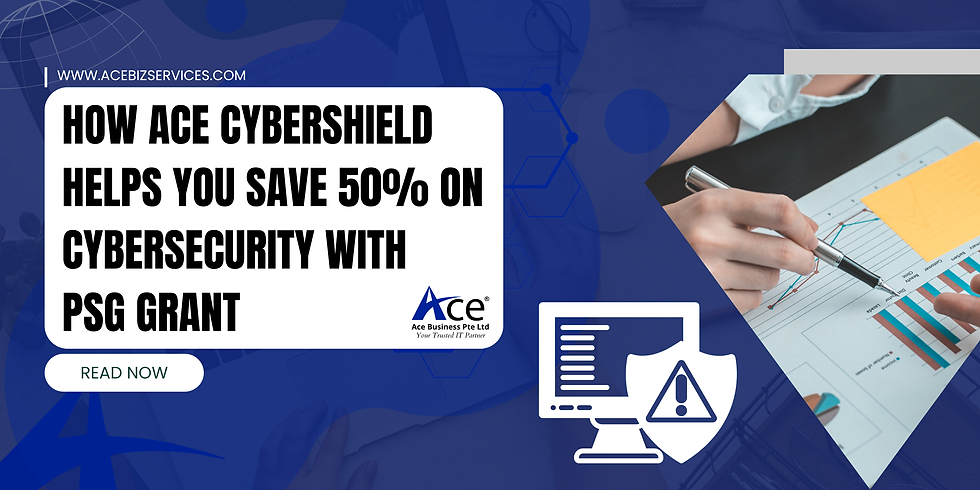7 Signs Of A Phishing Scam
- ACE Team
- Sep 20, 2021
- 2 min read

According to research, phishing remains the most efficient attack for cybercriminals to steal your data. Phishing is a technique used by attackers to con victims into providing their personal details and obtain the information through a fake website.
Phishing emails commonly pose as a big brand company saying that there are some issues with your account and need you to re-enter your data
Here are 7 signs to tell if it's a fake email:
1. Email Sender

Clicking on the address name shows the actual email address it was sent from. Looking at this you can tell it's not a legitimate email.
2. Website Link

Hover your mouse over the hyperlink to look at the URL. If it links to a random site or shortened URL link it isn't a legitimate source.
3. Suspicious Attachments

Always scan the files for viruses before opening them. If you received any attachments from unfamiliar sources you should always be careful.
Some of the common extensions associated with malware include .zip, .exe, .scr, etc, or other unfamiliar extensions.
4. Request for Personal Details

Any email requesting personal details (such as your account, password, credit card information, etc.) is a big NO.
Attackers are able to replicate the page to look exactly the same as the original, so avoid entering your login credentials or payment details.
5. Spelling and Grammar Errors

Having bad spelling and grammar errors in the email is a big giveaway for phishing emails. Emails from legitimate businesses should always be well written to portray a professional image.
6. Misleading Information

If you received an email stating that your account is disabled always check if you are still able to log in with your username and password on your device or contact the company from their legitimate website to double-check.
7. Threats or Negative Impact

Emails that threaten with negative consequences in a sense of urgency are very suspicious. Attackers use this tactic to make the victim panic so they wouldn't think much of the content and go through with the plan.
In conclusion, we need to be smart and make the correct decisions. Do not click on any links or attachments from an unfamiliar email address and always check if it's a legitimate source.
Not sure how to stop phishing emails and identify phishing attacks?
Call us at +65 6262 0402 or email us at care@acebizservices.com for more information.











Comments